Teacher Portal
Kinetic and Potential Energy
Investigation 1
CELL Guide
Kinetic and Potential Energy

Phase 1 – Defined Understanding
Student Guide
Download and Distribute
Access Teacher Guide
Student Guide with Answers
Teacher PreLab
Prepare for the Experiment
Phase 2 – Dynamic Understanding
► Investigation One Summary – Lab Goals
In Investigation One, you discovered how the Law of Conservation of Energy relates to the transfer of potential energy to kinetic energy. During this Investigation, you:
- Transferred kinetic energy from your moving hand to a stationary wood block and measured the distance it was displaced.
- Created a pendulum to model the transfer of potential energy to kinetic energy and vise versa.
- Used the pendulum ball to transfer kinetic energy to a stationary gram bear then measured the distance it was displaced by the swinging ball.
- Varied the height of the pendulum ball as it was released and observed the relationship between height, potential energy, and the transfer to kinetic energy.
- Calculated potential energy by using the following formula: Potential Energy = mass × g × height
In the formula, g is a constant due to gravity. On Earth, g = 9.81 m/s2
► Investigation One Summary – Learning Goals
Through these experiments, you concluded that:
1. The Law of Conservation on Energy says that energy cannot be created or destroyed, but energy can be changed from one form to another. In this Investigation, kinetic energy was transferred from one object to another. Kinetic energy was transferred from a moving hand to a wood block. Potential energy was also converted into kinetic energy. The potential energy of the pendulum ball was transferred to kinetic energy of the ball as it was dropped from its starting position. The kinetic energy of the pendulum ball was then transferred to the bear, causing it to move. Therefore, our experiments showed that energy was transferred instead of being created or destroyed.
Concept Slides
Launch and Discuss
Mathematics Concepts in This Investigation
- distance in cm
- decimals to the nearest tenth
- greater than/less than/equal to
- least to greatest
- predict/verify results
- subtraction
- data table
- data analysis
- calculating averages
- addition
- division
- height in cm and m
- multiplication
- mass in grams
- manipulating mathematical equations
- (in)dependent variables
- constants
- line graph
- skip counting by 5
- patterns/trends
- (in)direct relationships
